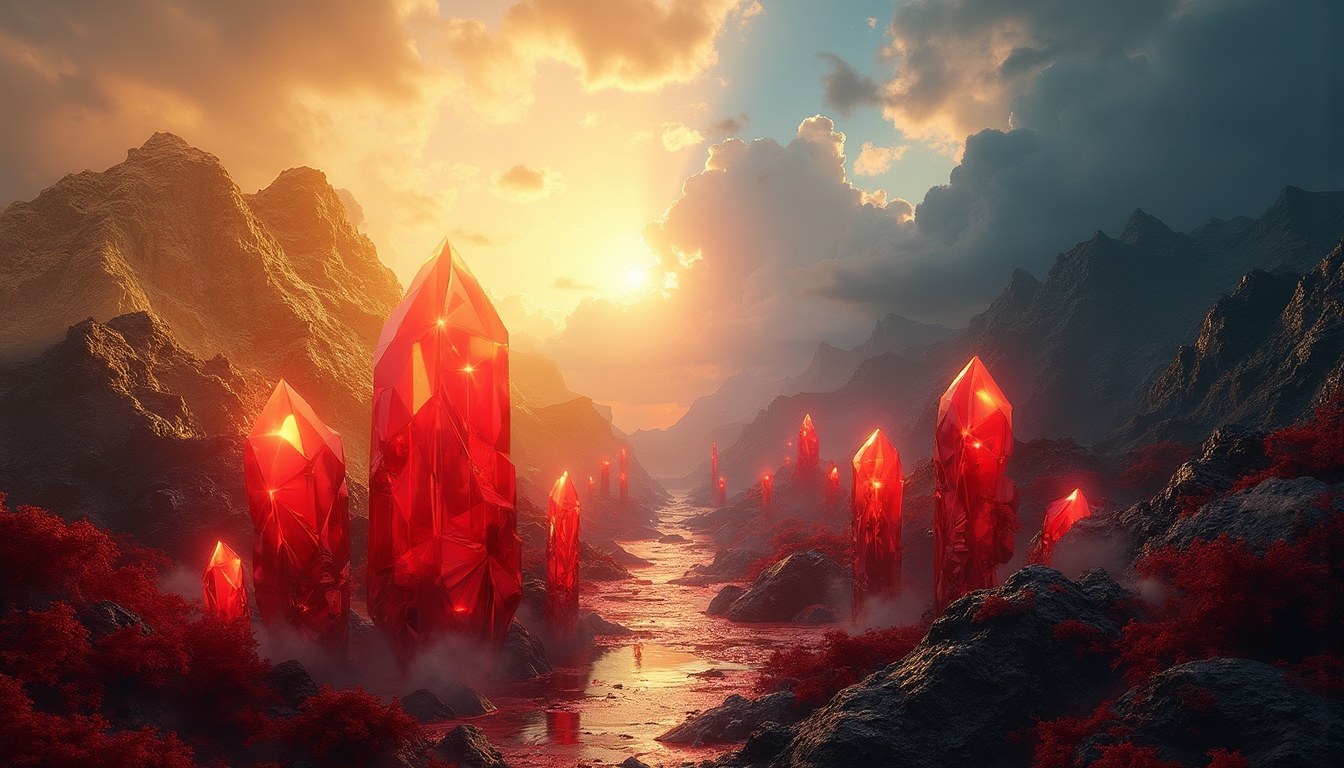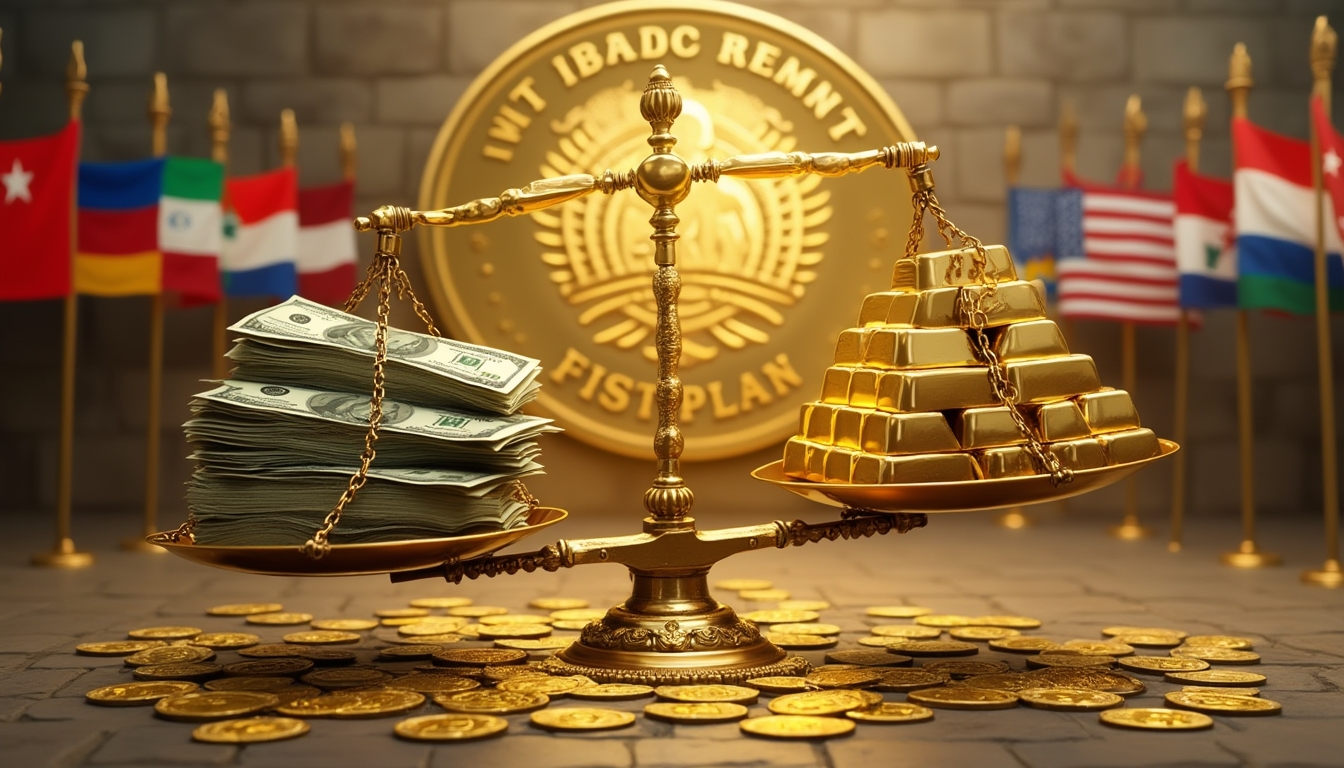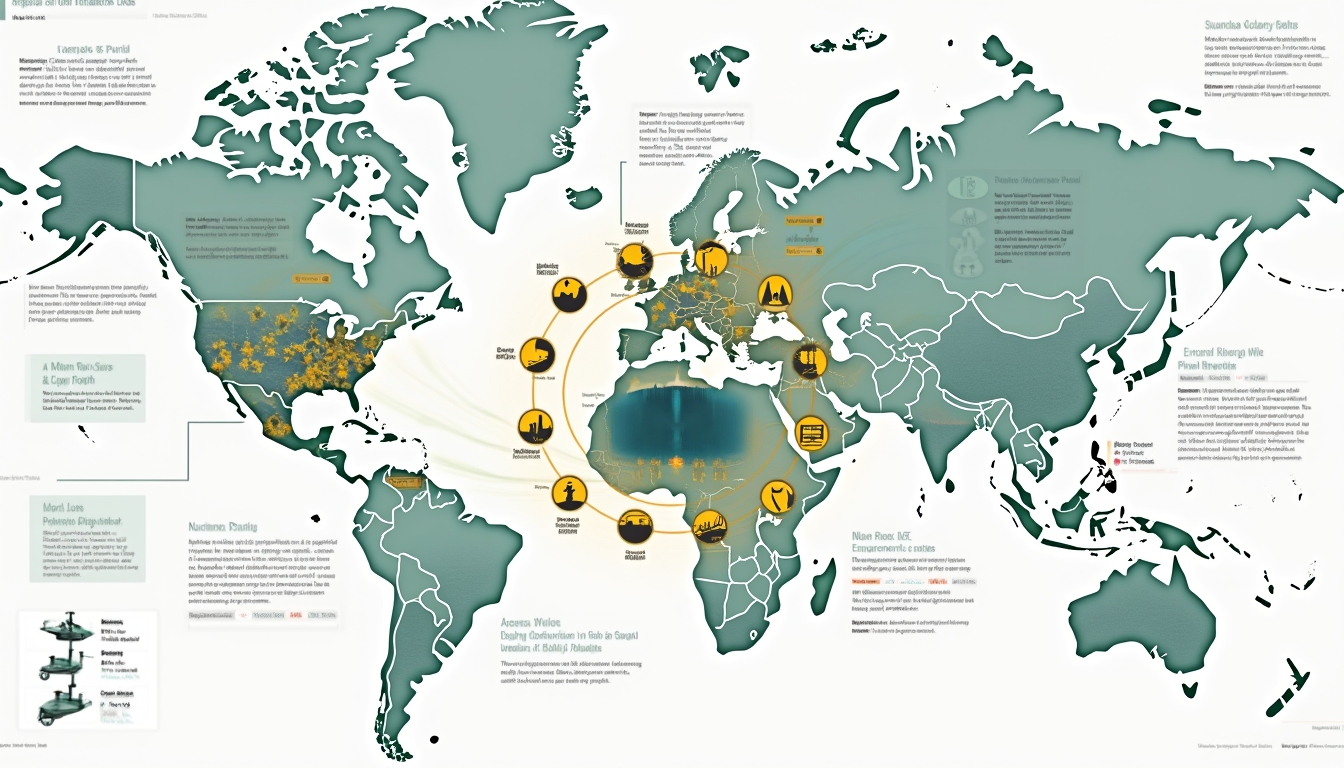The global iron ore and steel market stands at a critical juncture, with complex dynamics shaping its trajectory through 2025-2026. Market experts anticipate a period of moderation, characterised by softening prices and nuanced regional influences that will significantly impact global trade and production strategies.
Current Market Overview
The Department of Industry, Science and Resources (DISR) forecasts a notable shift in the iron ore landscape, projecting export earnings to decline from $107 billion in 2024-25 to $99 billion in 2025-26. Benchmark prices are expected to follow a descending trajectory:
- US$92/tonne in 2024
- US$80/tonne in 2025
- US$76/tonne in 2026
This decline in export earnings and prices underscores the anticipated oversupply in the market and the cooling of demand, particularly from China. The reduction in prices reflects expectations of increased production from major mining projects coming online, coupled with a slowdown in global steel demand.
Financial Institutional Perspectives
Different financial institutions are presenting varied price predictions, reflecting the market’s inherent complexity:
- ING predicts US$100/tonne in Q1 2025
- NAB suggests US$87/tonne
- Commonwealth Bank anticipates potential US$80/tonne
Westpac warns of a potentially dramatic 30% price collapse with upcoming mine developments, adding further uncertainty to market predictions. These divergent forecasts illustrate the high level of uncertainty in the market. ING’s more optimistic outlook hinges on robust demand and potential supply disruptions. In contrast, Westpac’s warning highlights the risks associated with overproduction and waning demand. Investors need to navigate these conflicting signals carefully.
How Is China Influencing the Market?
China remains a pivotal player in the iron ore market, demonstrating significant impact through:
- Record iron ore imports of 1.24 billion tonnes in 2024
- Port-side stockpiles reaching 14.66 million tonnes
- Property sector challenges accounting for 30% of steel demand
Despite record imports, China’s burgeoning stockpiles indicate a possible demand-supply mismatch. The property sector’s struggles are particularly concerning, as it heavily influences steel consumption. With property accounting for a significant portion of steel demand, any slowdown in this sector could have ripple effects throughout the global iron ore market. However, measures such as China’s economic stimulus policies could potentially mitigate these challenges for Australia’s iron ore miners.
Global Steel Production Dynamics
The global steel production landscape reveals critical trends:
- 1.6% production decline in the first nine months of 2024
- World Steel Association downgrading short-term demand outlook
- Projected 1.3% annual growth through 2026
- India leading production growth at 5.9%
The 1.6% decline in production signifies a contraction in industrial activity on a global scale. The World Steel Association’s downgrade signals cautiousness in the industry, possibly due to economic headwinds and geopolitical tensions. However, the projected growth of 1.3% through 2026 suggests a slow but steady recovery, with India emerging as a key growth driver. India’s substantial 5.9% increase in production underscores its rising industrialisation and infrastructure development.
Emerging Market Opportunities
Australia continues to play a crucial role in the global iron ore market:
- Maintaining 56% global market share
- Generating $138 billion in annual export revenue
- Exploring green steel potential
- Developing innovative extraction methods like the Hawsons Iron Project
Australia’s dominance in the iron ore market is a testament to its rich resources and efficient mining operations. The country’s focus on sustainable practices, such as exploring the green iron revolution, positions it at the forefront of the industry’s evolution. Initiatives like the Hawsons Iron Project aim to revolutionise extraction methods, reducing environmental impact while improving efficiency.
What Factors Could Reshape the Market?
Several catalysts could significantly influence the market:
- Chinese fiscal policy
- US infrastructure investments
- Potential Trump-era tariff policies
- Decarbonisation efforts
Chinese fiscal policy remains a critical factor, as government spending and stimulus measures can bolster demand for steel and iron ore. In the US, infrastructure investments under initiatives like the American Jobs Plan could increase steel consumption, boosting the global market. Additionally, potential changes in US energy policies, including those proposed by former President Trump, could reshape global trade dynamics, affecting both the steel industry and commodity markets worldwide.
Moreover, global decarbonisation efforts are reshaping the energy sector. Australia’s ambitious nuclear power plan could transform the nation’s uranium landscape, potentially influencing resource allocation and investment priorities.
Long-Term Strategic Projections
The Australian government demonstrates ambitious strategic planning:
- Aim to increase steel capacity from 150Mt in 2024 to 300Mt by 2030
- Projected 1.9% annual export volume increase for Australia and Brazil
The Australian government’s strategic vision to double its steel capacity by 2030 reflects a commitment to solidify its position in the global market. By increasing capacity, Australia aims to meet rising demand, particularly from emerging economies, and to leverage its competitive advantage in resource availability. In line with these strategic projections, the Australian government is also investing in its critical minerals industry, aiming for global leadership.
Market Outlook Considerations
Key considerations for investors and industry stakeholders include:
- Continued volatility in iron ore pricing
- Significant impact of Chinese economic policies
- Potential for technological innovations in extraction
- Geopolitical factors influencing global trade
Investors must remain vigilant amid the continued volatility in iron ore pricing. The significant impact of Chinese economic policies cannot be overstated, as China’s demand heavily influences global prices. Additionally, the potential for technological innovations in extraction, such as automation and eco-friendly practices, could reduce costs and environmental impact, offering competitive advantages.
Geopolitical factors, including trade agreements and international relations, play a critical role in shaping the market. Shifts in US policies or tensions in key regions can disrupt supply chains and alter market dynamics.
Strategic Recommendations
Industry experts suggest maintaining flexibility and monitoring:
- Emerging mine developments
- Technological advancements in steel production
- Shifts in regional demand patterns
- Potential infrastructure investments
To navigate the complex landscape, industry stakeholders should remain adaptable. Monitoring emerging mine developments is crucial, as new projects can alter supply dynamics significantly. Staying abreast of technological advancements in steel production, such as the adoption of hydrogen in steelmaking processes, can provide competitive advantages.
Understanding shifts in regional demand patterns is essential for aligning production and export strategies. For instance, the growing infrastructure investments in India present opportunities for increased exports. Additionally, potential infrastructure investments in other regions could spur demand, which industry players should be prepared to capitalise on.
The iron ore and steel market remains dynamic, with multiple interconnected factors driving its evolution through 2025-2026. Stakeholders must remain adaptable and informed to navigate this complex landscape successfully.
Ready to Stay Ahead in the Iron Ore and Steel Market?
Uncover critical market insights and real-time opportunities with Discovery Alert’s AI-powered notifications, designed to help investors navigate the complex world of mineral exploration and commodity trading. Start a 30-day free trial today and transform your investment strategy with expert, data-driven alerts that simplify market complexities.







